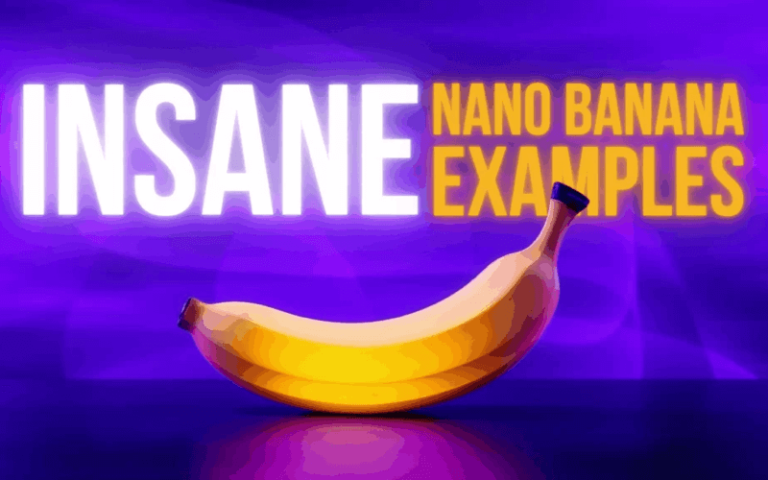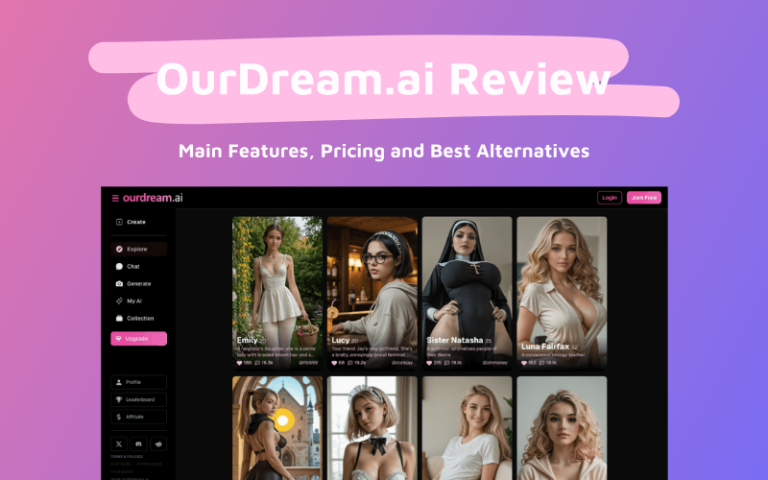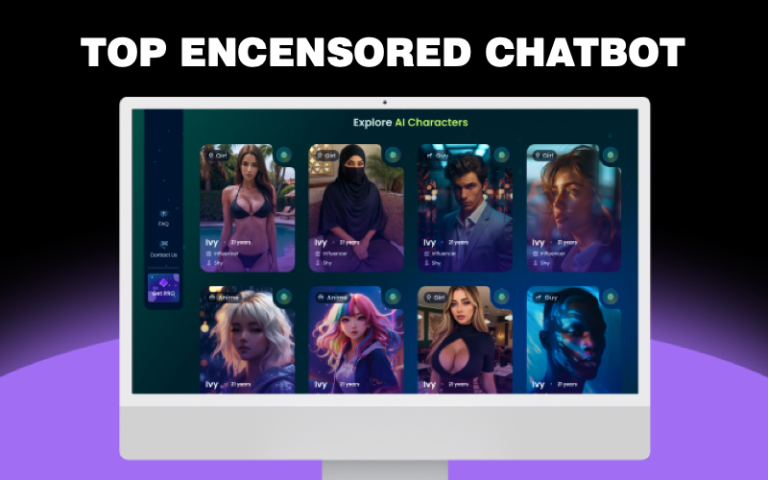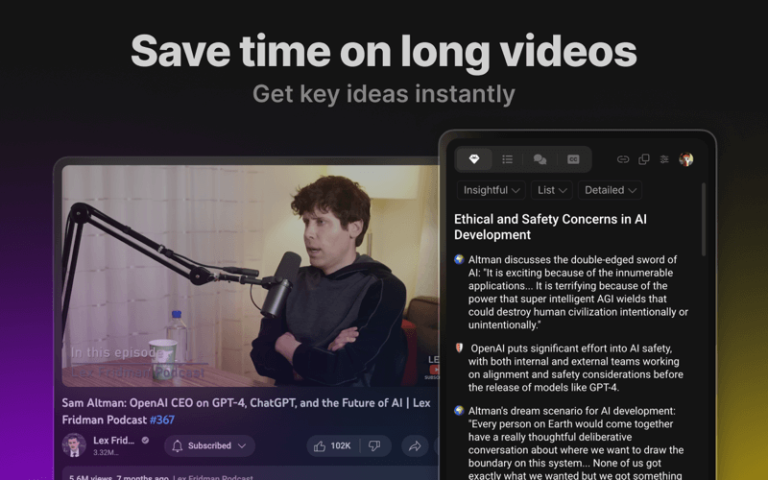AI is changing how we write, build, and think about software. One of the hottest trends in 2025 is vibe coding—a term that’s quickly gone viral in developer circles and beyond.
But what exactly is vibe coding? And which tools should you try if you want to dive in? Let’s explore.
What is Vibe Coding?
Vibe coding is the practice of instructing AI agents to write code through natural language prompts. Instead of typing complex syntax or learning frameworks from scratch, you describe your idea—and the AI brings it to life.
The concept was coined in February 2025 by Andrej Karpathy, former director of artificial intelligence and Autopilot Vision at Tesla and founding member of the artificial intelligence research of OpenAI. He tweeted:
“There’s a new kind of coding I call vibe coding, where you fully give in to the vibes, embrace exponentials, and forget that the code even exists.”
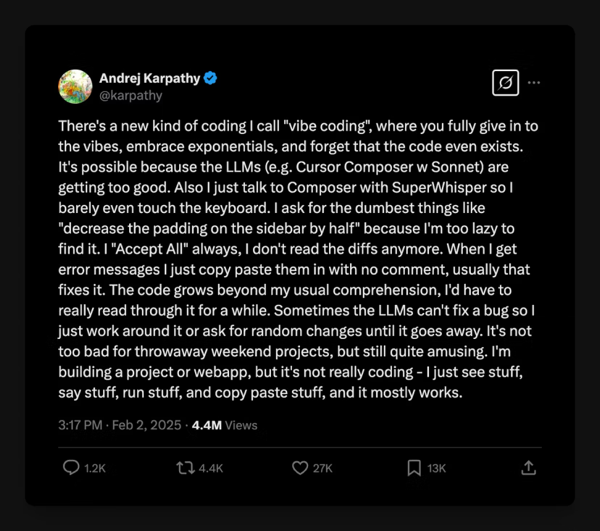
Since then, it’s been covered in the New York Times, The Guardian, Ars Technica, and countless tech podcasts. The buzz is simple: vibe coding is changing app development forever.
Why Does Vibe Coding Matter?
Traditionally, building a full-stack app was a long and complex journey—requiring you to hire expensive developers, master multiple programming languages, and spend months (or even years) struggling with setup, integrations, and endless debugging. But now, with vibe coding, you can:
- Launch a working prototype in hours—not months
- Focus on ideas, design, and users instead of syntax
- Delegate repetitive coding tasks to AI
- Build as a solo founder without a full dev team
It’s not about being lazy. It’s about putting your energy into the creative side of building software while letting AI handle the heavy lifting.
What Can You Build With Vibe Coding?
With the right AI-powered tools at your fingertips, vibe coding opens the door to limitless possibilities, vibe coding allows you to create:
- Full Stack Apps: UI, backend, APIs, databases, authentication, payments, and deployment—end to end.
- Prototypes & MVPs: Quickly test your startup idea.
- UI-first Apps: Design and refine interfaces interactively.
- Custom Tools: From productivity apps to niche automations.
Imagine sitting down with your laptop, typing a prompt, and by the end of the day having a live, shareable app ready to use. That’s the promise of vibe coding.
The Top 5 Vibe Coding Tools You Should Try
Below are five of the best vibe coding platforms to explore in 2025—carefully selected to fit a variety of needs. Whether you’re a startup founder looking to launch faster, a student experimenting with projects, or an indie hacker turning an idea into reality, these platforms provide the tools, speed, and flexibility you need to succeed.
Comparison of AI Coding Tools
Choosing the right AI coding tool depends on whether you’re a developer, beginner, or entrepreneur. Below is a breakdown of each platform’s strengths, shortcomings, and ideal use cases.
| Tool | Pros | Cons | Best For | What You Can Build | Coding Skills Required | Ease of Use for Non-Coders |
|---|---|---|---|---|---|---|
| Cursor | AI-powered IDE, integrates with VS Code, strong autocomplete, debugging help. | Requires setup, may overwhelm beginners with dev-focused features. | Developers and teams want a faster coding workflow. | Web apps, APIs, full-stack projects. | Yes – works best if you know coding basics. | Moderate – not ideal for absolute beginners. |
| Base44 | Focus on speed and collaboration, integrate AI to streamline project development. | Still new – fewer community resources, limited templates. | Startups and teams need quick prototypes. | MVPs, web apps, SaaS tools. | Some coding knowledge is helpful, but AI assists heavily. | Fairly easy – guided AI support for less technical users. |
| Bolt.new | Instant project setup generates a working codebase from prompts. | Generated code may require refinement by developers. | Entrepreneurs, product managers, and indie hackers. | Landing pages, web apps, simple SaaS products. | Minimal coding required – AI generates most of the base. | Easy – good for non-coders to kickstart projects. |
| Lovable.dev | Turns natural language prompts into full applications, very beginner-friendly. | Less control for advanced devs; limited scalability for complex apps. | Non-technical founders, beginners, and rapid prototyping. | Websites, internal tools, prototypes. | No coding required. | Very easy – designed for non-coders. |
| Replit | Cloud-based IDE, AI assistant, strong community, supports many languages. | Performance limits on the free tier, UI can feel cluttered. | Students, hobbyists, and developers experimenting with code. | Websites, bots, games, collaborative projects. | Some coding knowledge is recommended. | Moderate – friendly UI, but best if you learn coding basics. |
Cursor – The Ultimate Tool for Debugging Vibe-coded Projects
Cursor is a next-gen AI code editor that acts like a supercharged Copilot. It lets you chat with your codebase, refactor instantly, and build apps with conversational prompts.
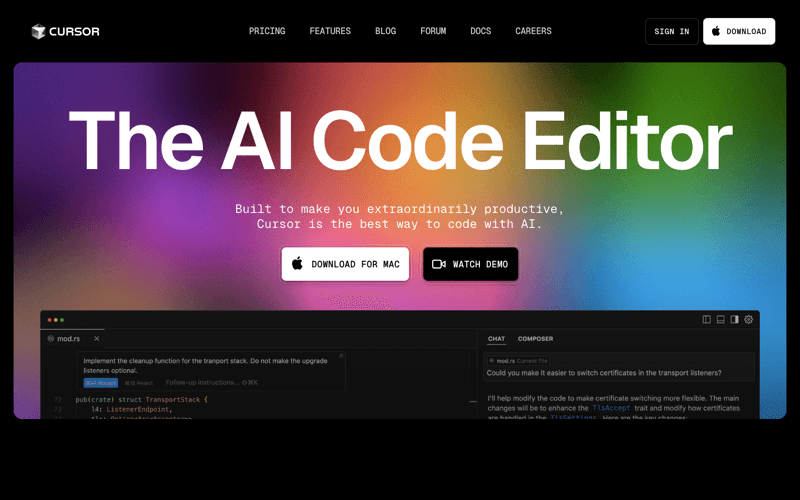
- Application Area: Full-stack apps, debugging, and team collaboration.
- Best For: Developers who want an AI-first IDE to boost productivity.
- Pricing Plan: Free plan available (Pro two-week trial); Pro from $20/month; Ultra from $200/month
Base44 – Focused on Security
Base44 positions itself as the “all-in-one vibe coding studio.” With a natural language interface, it creates production-ready apps complete with authentication, payments, and cloud hosting.

- Application Area: SaaS apps, prototypes, business tools.
- Best For: Entrepreneurs building full-stack apps without coding teams.
- Pricing Plan: Free plan available (25 message credits per month); Starter plan from $20/month.
Bolt.new – Known For Its Flexibility
Bolt.new is built for speed. It generates, deploys, and hosts full-stack apps in minutes, making it ideal for startups needing MVPs fast.
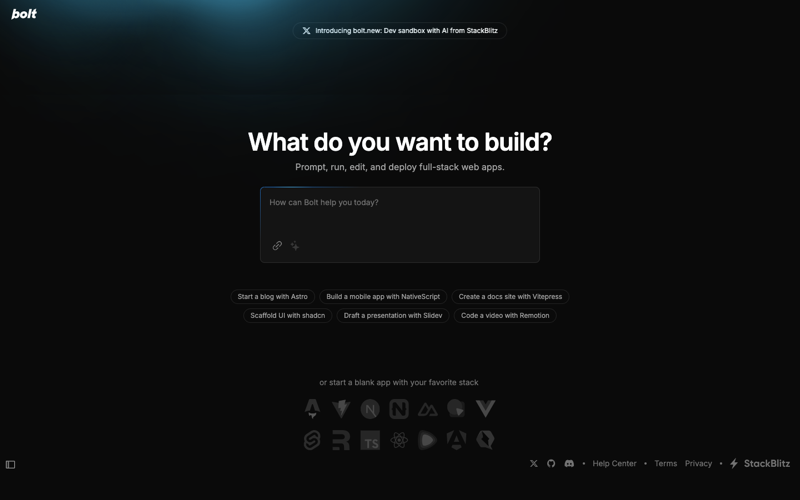
- Application Area: Startups, hackathons, MVP launches.
- Best For: Indie hackers and founders looking to ship fast.
- Pricing Plan: Free tier; Pro plan starts at $25/month; Team plan starts at $30/month
Lovable.dev – Build Functional Apps without Coding Experience
Lovable.dev specializes in building beautiful apps from a single prompt. It focuses on design, usability, and rapid prototyping—making your idea visually appealing from day one.
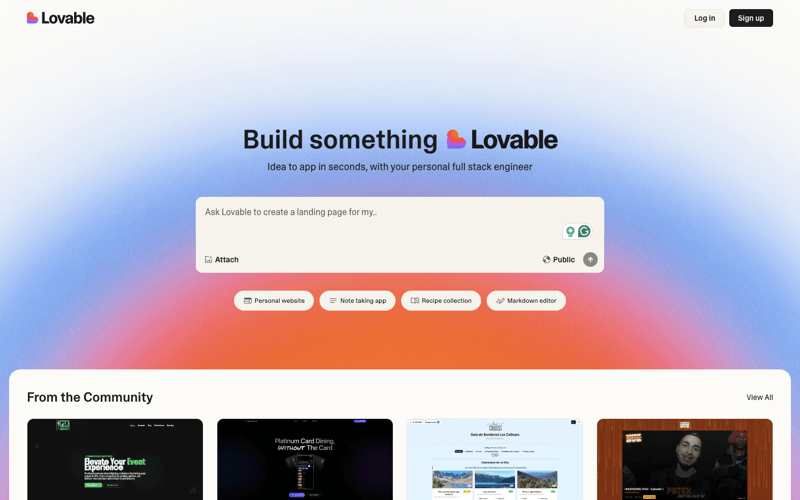
- Application Area: UI-first apps, design-heavy projects, client demos.
- Best For: Designers, creatives, and non-technical founders.
- Pricing Plan: Free trial available (5 daily credits and up to 30 credits per month); Pro plan from $25/month; Business plan from $50/month.
Replit – Beginner-friendly and Collaborate Efficiently
Already popular as an online IDE, Replit has embraced vibe coding with Replit AI, turning natural language prompts into live, collaborative code.
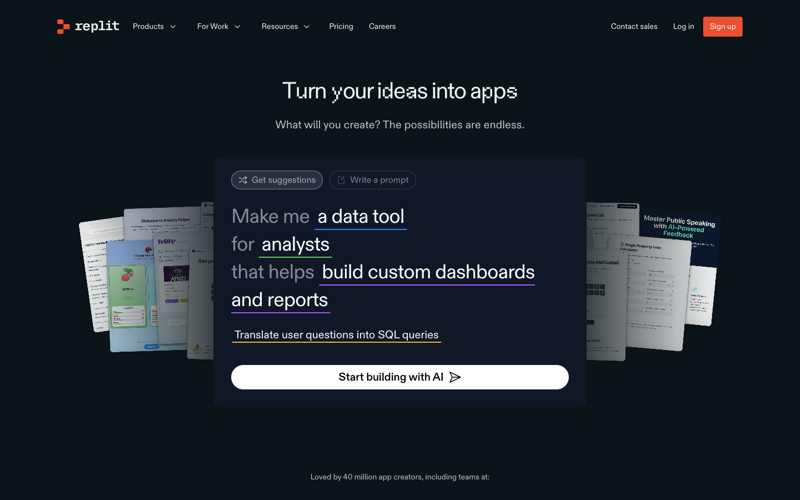
- Application Area: Collaborative coding, education, and prototypes.
- Best For: Students, teams, and developers who want cloud-based coding with AI.
- Pricing Plan: Free plan; Replit Core plan from $20/month, Team plan from $35/month.
The Ultimate Beginner’s Guide to Vibe Code with Cursor
After reviewing the top vibe coding platforms of 2025, you might be wondering which one is best to start with—especially if you’re new to AI-powered development. One tool that consistently stands out is Cursor AI, a next-generation code editor designed to make building apps smoother, smarter, and more accessible than ever.
In the following beginner’s guide to Cursor, we’ll cover how it works, why it’s different from other AI coding tools, its key features, and step-by-step tips to help you start building your first app—even if you have little to no coding experience.
Step 1: Start With a Clear Vision
Be specific about what you want to build. Vague ideas lead to messy outputs. Use tools like Gemini 2.5 Pro to structure your goals and features before you start prompting Cursor.
Step 2: Plan Your UI Early
Sketch or plan your app’s UI/UX first. Use tools like v0 or 21st.dev for components and layouts. Stick to a design system and reuse components—it saves time later.
Step 3: Use Git & GitHub
Always version-control your project. If AI messes up, you can roll back safely. Commit after every major feature—this habit will save you from disasters.
Step 4: Pick a Popular Tech Stack
AI works best with widely used stacks. I recommend:
- Next.js (frontend + APIs)
- Supabase (database + auth)
- Tailwind CSS (styling)
- Vercel (hosting)
This combo is beginner-friendly and production-ready.
Step 5: Leverage Cursor Rules
Set up Cursor Rules with your stack, best practices, and do’s/don’ts. You can find great templates at cursor.directory.
Step 6: Organize Instructions
Keep an instructions folder (markdown files, code examples, docs). Share these with Cursor to guide it more effectively.
Step 7: Write Detailed Prompts
Be precise. Avoid vague requests like “build me this feature.” Instead, break it into smaller steps (3–5 prompts). The clearer the context, the better the results.
Step 8: Manage Context Wisely
Long chats confuse AI. Open a new chat when the context gets too big and briefly explain what you’re working on. Always mention relevant files/components.
Step 9: Iterate & Refine
If AI goes off track, don’t force it. Restart with a clearer prompt instead of fixing bad code.
Step 10: Reuse Components
Tell Cursor about previously built components so it follows the same patterns. This keeps your project consistent.
Step 11: Review & Debug Smarter
Use Gemini 2.5 Pro to check for vulnerabilities or bad patterns and ask Claude in Cursor to fix them. When debugging, paste errors directly. If AI fails 3+ times, refine your prompt and context instead.
Step 12: Follow Security Best Practices
- Validate all inputs on the server.
- Never expose secrets in frontend code.
- Check permissions (not just logins).
- Hide detailed errors from users.
- Rate-limit APIs and encrypt sensitive data.
Step 13: Track AI Mistakes
Keep a file of common AI errors you notice. Share it with Cursor in new prompts so it avoids repeating them.
Final Thoughts
Vibe coding isn’t just a buzzword—it’s a paradigm shift. Instead of wrestling with syntax, frameworks, and boilerplate code, you can focus on ideas, users, and creativity.
If you’re new to the space, start with Cursor or Replit for hands-on experience. If you’re building a startup MVP, try Bolt.new or Base44. And if you want something sleek and design-focused, Lovable.dev is your go-to.
2025 is the year coding feels less like coding—and more like vibing.



